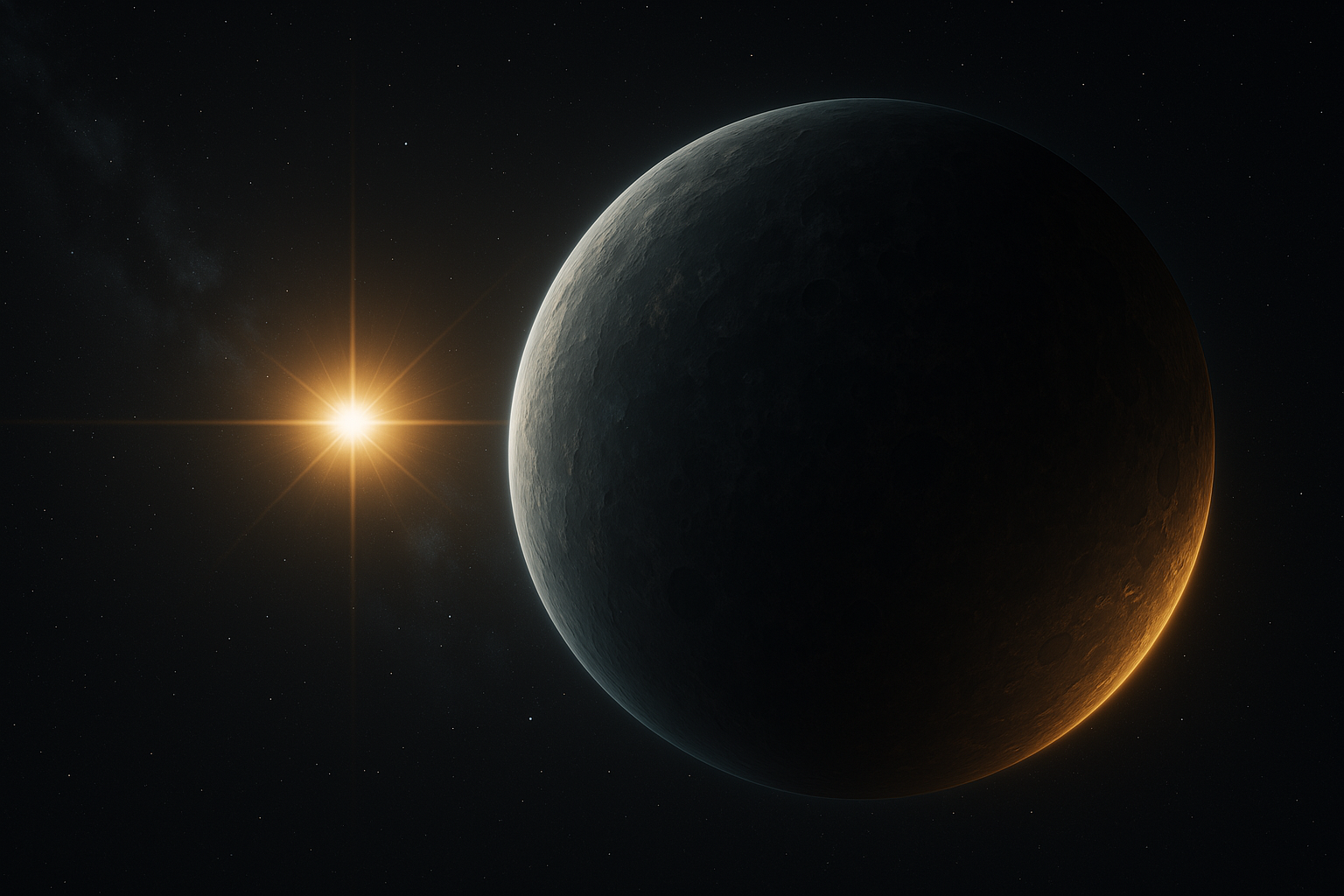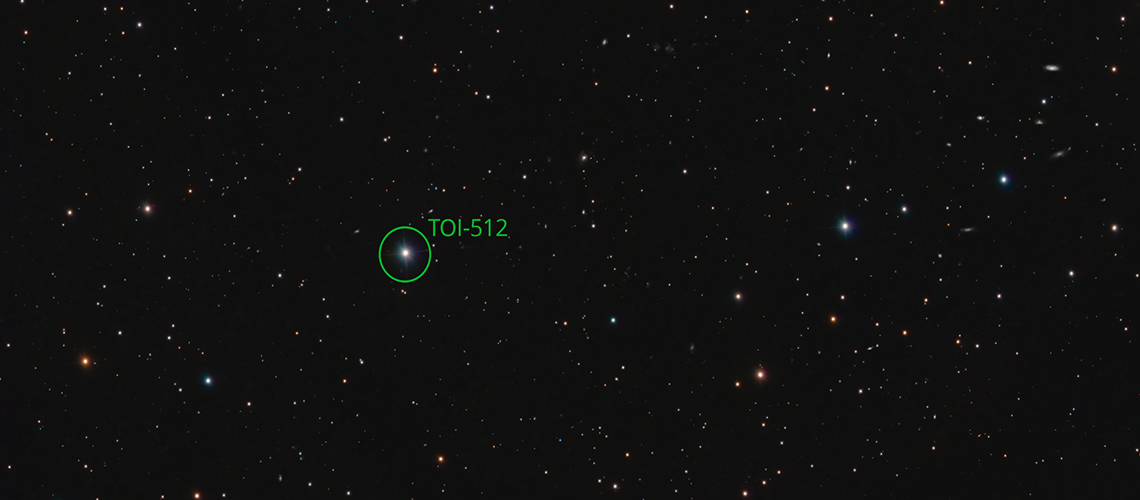Follow us on Google News (click on ☆)

The density of this planet, named TOI-512 b, is 1.02 times that of Earth. Its physical parameters place it in the transition zone between gaseous planets and rocky planets. One of the major challenges of modern astrophysics is understanding the formation and evolution mechanisms that produce either gaseous planets or rocky planets. This work is published in Astronomy & Astrophysics.
To detect exoplanets, astronomers mainly use two methods: the transit method and the radial velocity method. The first involves observing the decrease in brightness caused by a planet passing in front of its star. The second measures variations in the star's velocity induced by the planet's presence.
The latter method requires observing stars one by one using a spectrograph, which demands considerable observation time. In contrast, the transit method allows monitoring several thousand stars simultaneously with a single telescope, making it much more efficient for exoplanet detection.
Such discoveries are essential to improve our understanding of planet formation and evolution mechanisms.
"Over the past two decades, we've seen the transit method take the lead," explains Mara Attia, a postdoctoral researcher at the Department of Astronomy of the UNIGE Faculty of Science and co-author of the study.
"However, the transit method generates many false positives. It's often necessary to use the other technique to confirm the presence of an exoplanet around a star. Moreover, it also doesn't allow measuring a planet's mass, a crucial variable for studying its nature. Here too, we need to rely on the radial velocity method."

In green, the star TOI-512 around which the exoplanet TOI-512 b orbits.
©José Rodrigues
A kind of observational tango has thus emerged between the two methods. The transit method produces many planet "candidates" that spectrographs worldwide then confirm, while also determining the mass of these new exoplanets.
The precision of ESPRESSO
One of the most prolific current transit programs is the TESS space telescope, which has provided over 7,000 exoplanet candidates since its launch in 2018. For radial velocity measurements, however, ESPRESSO, whose design and construction were led by UNIGE, remains the world's most precise spectrograph. One of its observation programs, the "Working Group number 3 (WG3), TESS follow-up," is led by the UNIGE Department of Astronomy. Its mission is to confirm the planetary nature of candidates identified by TESS, with the scientific goal of better understanding the transition between rocky and gaseous planets.
Super-Earth or mini-Neptune
In our solar system, the largest rocky planets are Earth and Venus. The smallest gaseous planets are Uranus and Neptune, with masses respectively 14.5 and 17.1 times greater than Earth's. Our solar system contains no intermediate planets between Earth and Uranus. Yet, analysis of the exoplanet population shows that planets with masses between 3 and 10 Earth masses are among the most abundant in our Galaxy.
Without precise knowledge of their nature, they are classified into two categories: super-Earths, when their density is close to Earth's (they are likely rocky), and mini-Neptunes, when their density approaches Neptune's (they are likely gaseous).
Years of work for a new planet
Exoplanets are everywhere. Every star most likely has its entourage of planets, with a significant proportion of super-Earths or mini-Neptunes. Yet, each discovery represents a challenge and requires years of work. The new exoplanet detected by ESPRESSO, TOI-512 b, is no exception. Its detection involved 72 days of continuous observations with TESS over more than two years, 37 nights of observations with ESPRESSO over eight months, followed by long months of rigorous analysis by an international team.
A 1 cm³ cube of TOI-512 b's material weighs 5.62 grams, a value close to Earth's (5.51 grams). It is therefore a super-Earth, with a mass 3.5 times that of Earth and a radius 1.5 times larger. It orbits its K-type star, slightly cooler (5000 °C) than our Sun, in just over 7 Earth days. Among the exoplanet population, these physical values place TOI-512 b in the transition zone between rocky and gaseous planets.
"ESPRESSO's precision was fundamental in characterizing TOI-512 b's composition. It's a small contribution to the already long list of known planets, but such discoveries are essential to improve our understanding of planet formation and evolution mechanisms. Many more will be needed to turn our hypotheses into scientific certainties," concludes José Rodrigues, a PhD student at the Institute of Astrophysics in Porto and the discovery's lead author.